Plant Science
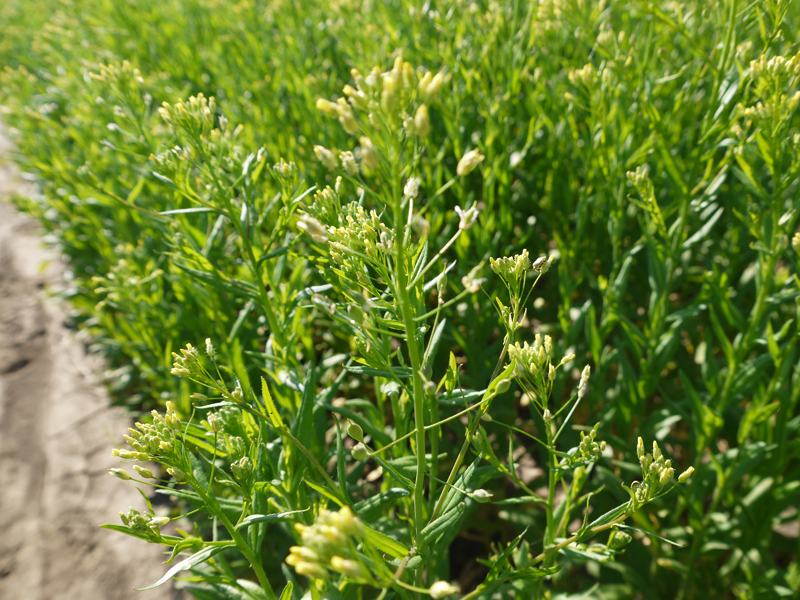
Camelina: Have you heard of it? It’s an emerging alternative oilseed crop in parts of the Great Plains.
 A new study looks at how three varieties of camelina perform when grown in two different regions within the Great Plains.
A new study looks at how three varieties of camelina perform when grown in two different regions within the Great Plains.
The end goal is to find the camelina variety that performs best in each location or environment. Augustine Obour at Kansas State University was the lead author of the paper.
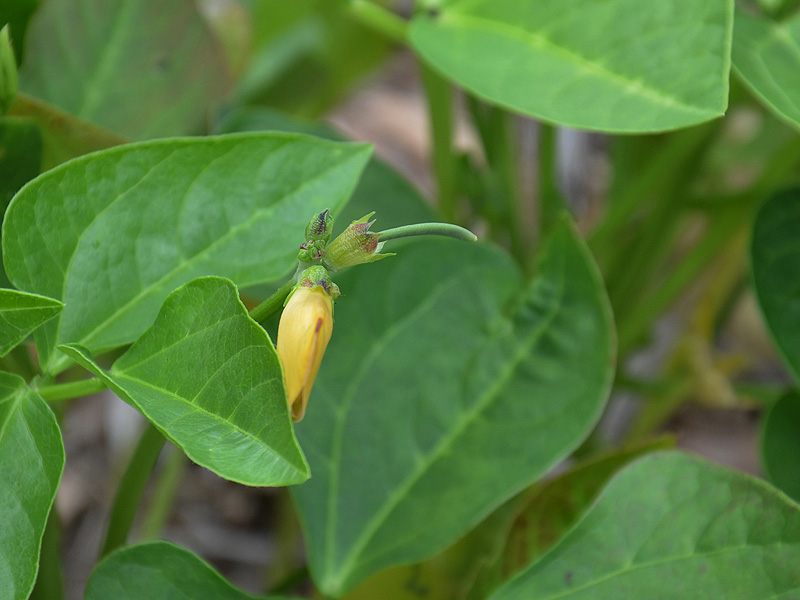
Available cropland, and the growing season, is limited. Strained soils are in need of rejuvenation. Water can be scarce. Yet the world’s nutritional needs continue to grow, along with its population.
 Enter the cowpea. A modest but versatile crop, cowpeas may provide an answer to demands on grower resources—and international appetites.
Enter the cowpea. A modest but versatile crop, cowpeas may provide an answer to demands on grower resources—and international appetites.
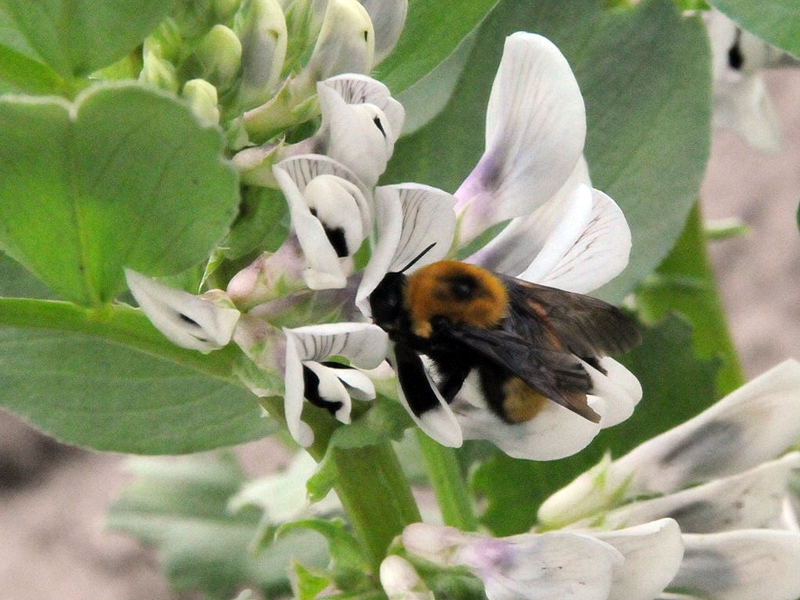
What bean has double the protein of wheat, triple that of rice, and also contains beneficial amino acids, B-vitamins, and micronutrients? The unassuming faba bean, of course.
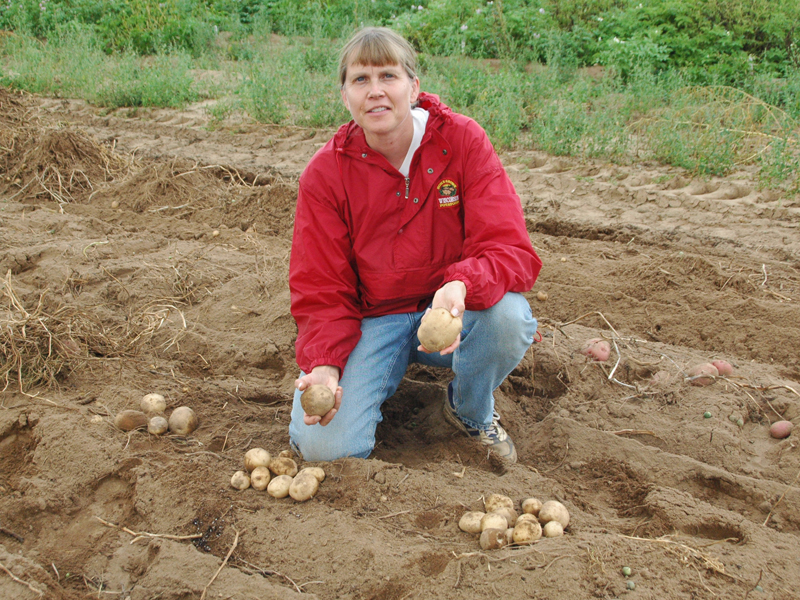
Have you ever cut into a potato to find a dark spot or hollow part? Early research shows that these defects are likely the result of calcium deficiencies in the potato -- and that tuber calcium is genetically linked to tuber quality.
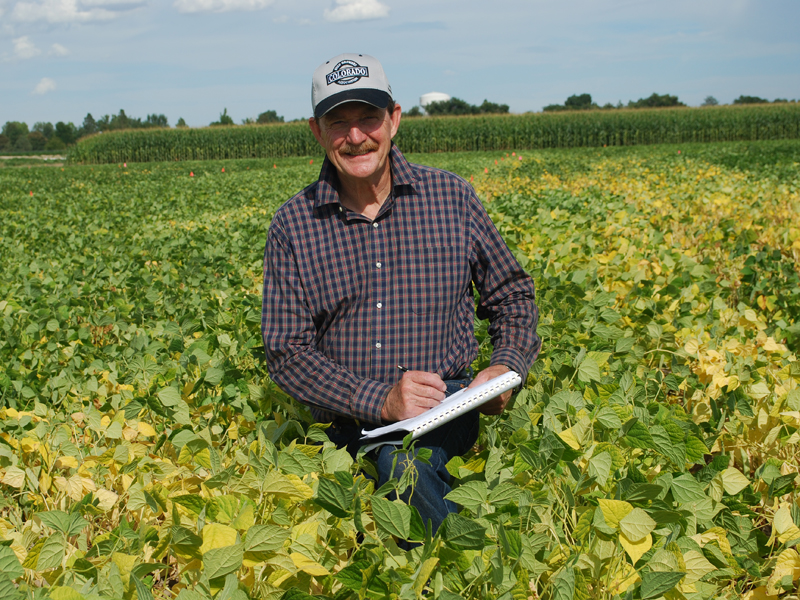
Pinto beans are the most common type of bean cultivated in the United States, accounting for more than a third of all edible, dry bean production. Harvesting them, however, has been a complicated ordeal--until now.
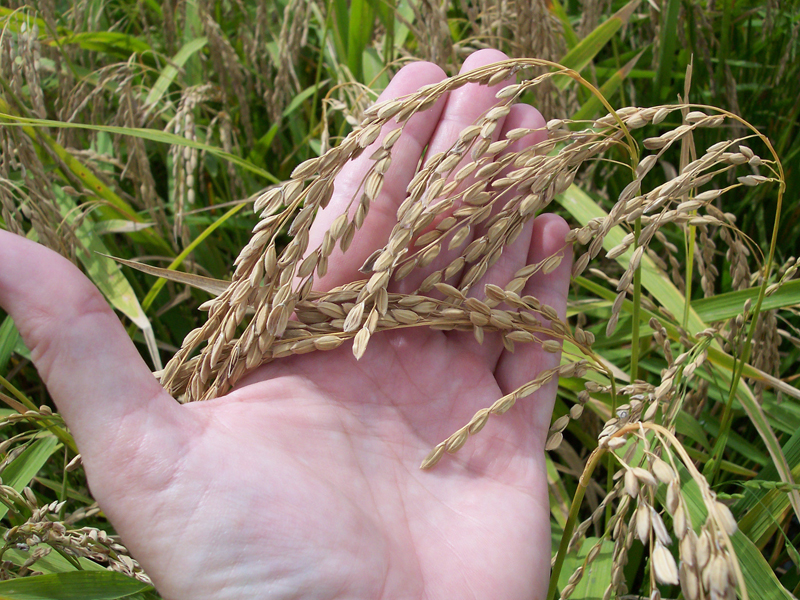
If I presented you with a bowl of steaming purple rice, would you eat it?
 Most of us are accustomed to white or brown rice as a staple in our diet. But according to plant breeder Anna McClung, we are missing out. “It’s all about what we’re used to,” says McClung. “If what we’ve known is white, uniform rice, that’s what we will want.”
Most of us are accustomed to white or brown rice as a staple in our diet. But according to plant breeder Anna McClung, we are missing out. “It’s all about what we’re used to,” says McClung. “If what we’ve known is white, uniform rice, that’s what we will want.”
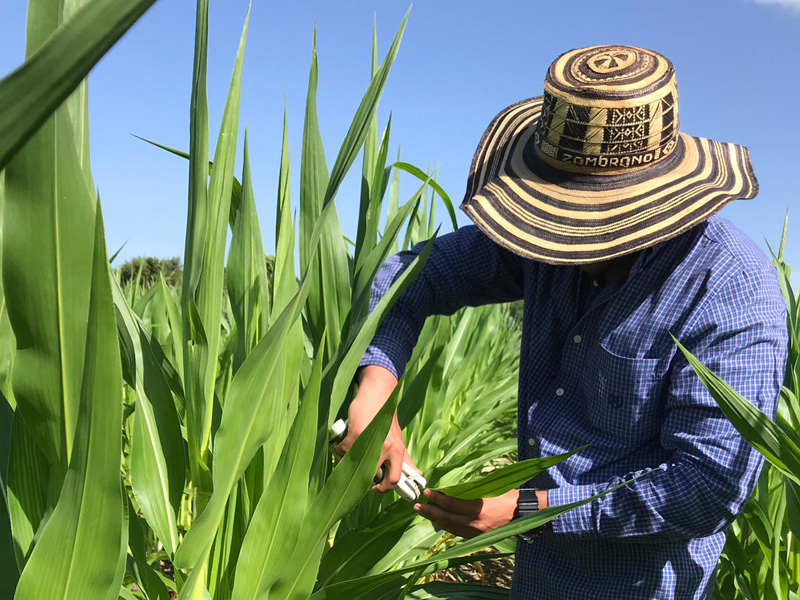
There’s nothing more disappointing than discovering that your carefully stored corn harvest has been gnawed apart by insects. After harvest, corn (or maize as it’s called in much of the world), can last for months and is a crucial element of the diets of many people across Africa, America, and Asia. However, the hard work of growing and harvesting the crop can be severely curtailed by pest infestation during storage. Small farmers in developing countries lose an incredible portion of their maize to insects like the large grain borer and the maize weevil.
